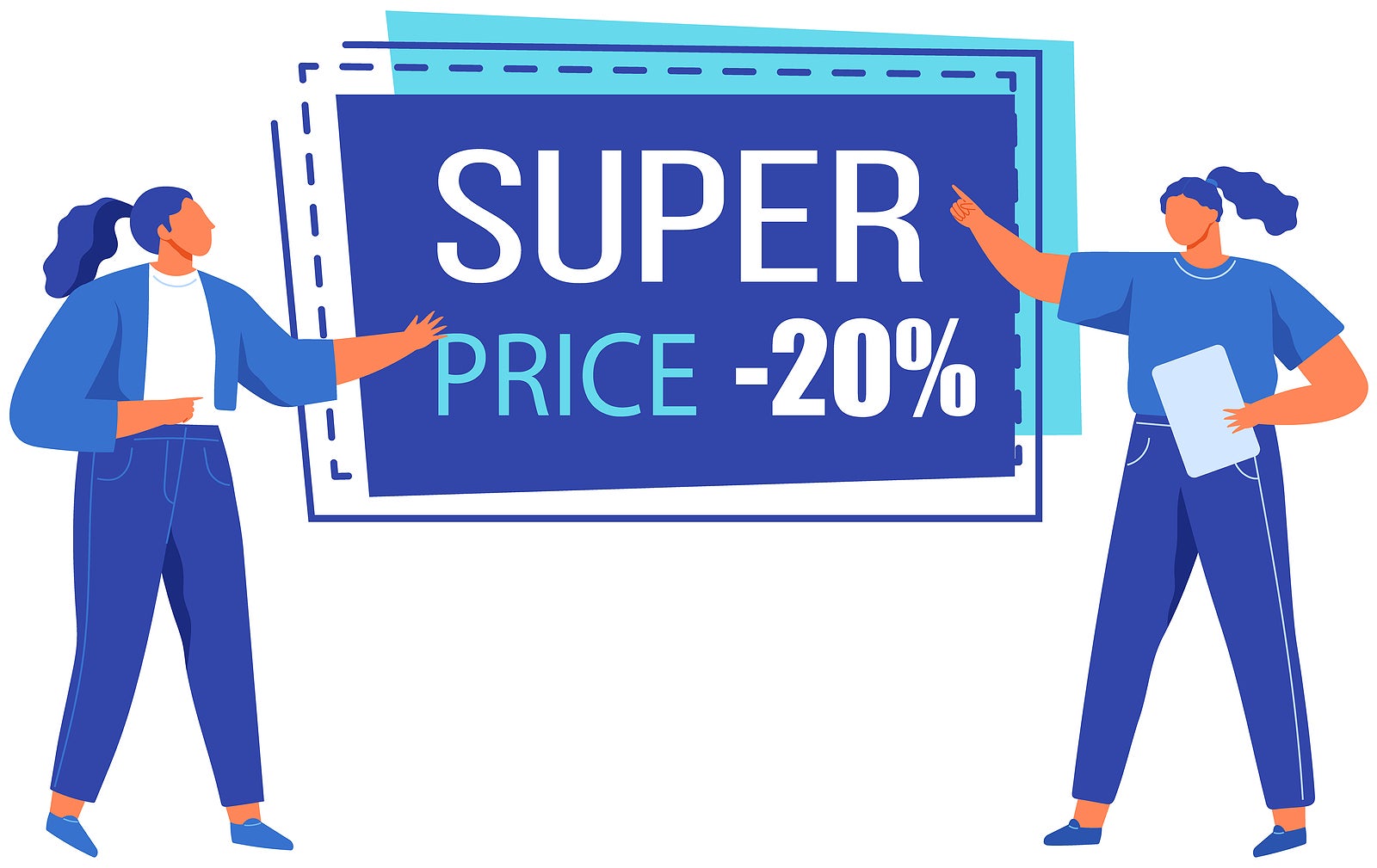Why Competitive Differentiation Is So Valuable for Your Business
By: Jenna Cyprus

If you want your business to be successful, you need to find ways to differentiate your brand and differentiate each product you sell. In other words, your core identity and products need to be distinguished from similar brands and products on the market.
But why is this fundamental business concept so important for your long-term success? And how can you establish competitive differentiation in your own line of work?
What Is Competitive Differentiation?
Competitive differentiation comes in a variety of forms, but the central premise is always the same. The idea is to make your product or brand different than competing products and brands on the market.
For example, if there are already 10 breakfast cereals that taste like chocolate, you can make yours taste like chocolate and raspberry. Instead of only offering traditional diamond engagement rings, you can offer lab grown diamond engagement rings. And if you’re selling vehicles in a market where large, inefficient vehicles are the norm, you can sell something smaller and more efficient.
Note that competitive differentiation isn’t just about products; it’s also about brands and your brand identity. If you kept your products the same, you could still find new ways to competitively differentiate them in your marketing and advertising, such as by using different types of messaging or different channels.
Why Competitive Differentiation Is So Valuable
Why is competitive differentiation so valuable?
- Visibility. For starters, competitive differentiation makes your product and your brand more visible. If you’re doing the same thing as everyone else, you’re not going to stand out or attract much attention. It’s practically necessary to do something unique if you want to make your products and brand more obvious to new audiences.
- Memorability. Competitively distinguished products and brands are also more memorable. You’re unlikely to remember an experience if it’s functionally identical to dozens of experiences you’ve already had. In contrast, if you experience a breathtakingly new product or if you see groundbreaking new brand emerge, you’ll be unlikely to forget them.
- Presentation of advantages. Finding a way to differentiate your products and your brand is also a clever way to strategically present your advantages. If you have a critical advantage over your competitors, such as lower prices or higher quality, this is your chance to show that off.
How to Competitively Differentiate Your Business
So what steps can you take to competitively differentiate your business?
Everything starts with a thorough analysis.
- Study your competition. First, conduct a competitive analysis and understand your most threatening competitors. Which businesses and individuals are most similar to your brand? Which products are competing with yours? Do you notice any weaknesses of these brands and products?
- Study your target market. Next, take a look at your target audience. How do these people think? How do they make decisions? What can you do to make your brand or your products even more appealing to them?
- Understand your priorities. Finally, analyze your own business to better understand your priorities. Which variables are you willing to compromise and which ones are most important to the long-term success of your business? For example, are you willing to cut the price of your product if it means selling a higher volume?
From there, you can distinguish your brand in one or more of several different ways:
- Pricing. Are you able to cut your pricing? In many markets, consumers are most likely to choose products with the lowest, most appealing prices. Sometimes, a price cut is all it takes to win people over from your top competitors. Obviously, this might eat into your profit margins, but it could be worth it if it means attracting more customers.
- Target audience. Is it possible for you to target a slightly different demographic? If you can’t compete with your competitors directly, you can try appealing to an audience they’ve never considered. Conducting more focus groups and other forms of market research can help you discover new demographics worth targeting.
- Quality. If you can’t afford to cut your prices, you might be able to distinguish your products and services by increasing their quality. Can you use better ingredients or better parts? Can you provide more thorough customer support after initial purchase?
- Branding and messaging. You can also make your brand and products more unique with strategic brand identity planning and messaging. Can you transform your brand personality into something more interesting and original?
You have almost unlimited flexibility in how you competitively differentiate your brand and your products. However, it’s important to practice at least some form of competitive differentiation. Once you figure out how and why your business is different, you’ll be in a much better position to market and advertise it effectively.
1937 Views












